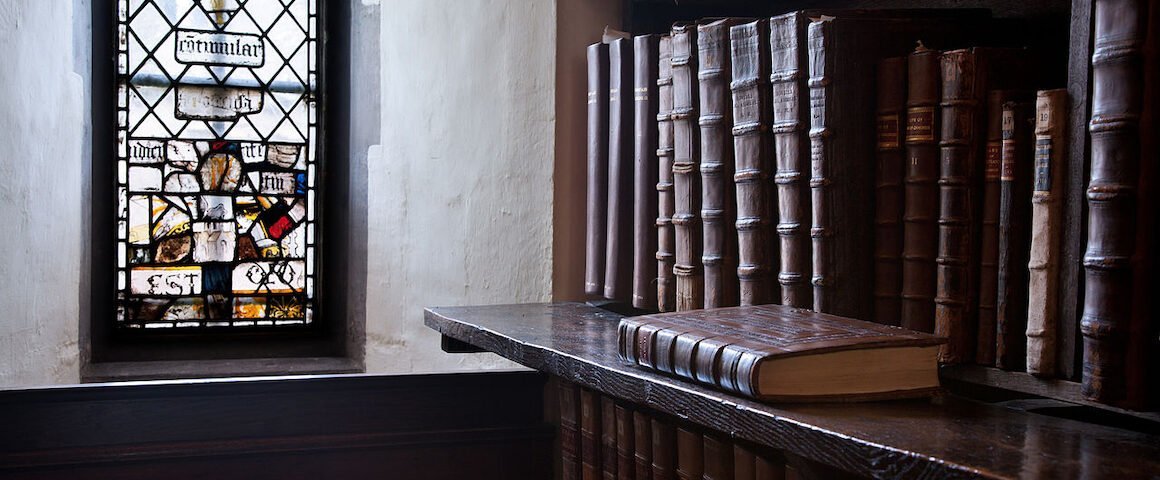Concerning the practice of ordaining women, Browne is silent. This is not unusual for the time in which he wrote, when it was rare, but at least a couple of other commentators do touch on the subject. Thomas Rogers writes that those ordained “are to be men, not boys nor women,” and that they are in error who claim “that women may be deacons, elders, and bishops.”[1] Likewise, Bishop Burnet, commenting on 1 Timothy 2, says that “directions are given, concerning…the not suffering of women to teach; like the women priests among the heathens, who were believed to be filled with a Bacchic fury.”[2]
Given Browne’s taciturnity, it is not possible to offer any commentary on his thoughts regarding women and holy orders. However, the topic is now so controversial (and has been for decades) that it would be negligent not to address it at all, even as it would also be ill-fitting to reproduce in this space wholesale tracts and essays on the matter. Therefore, readers may consult the notes for a sampling of helpful resources.[3] Support for the practice is nigh ubiquitous, so the treatments cited below will be adversarial to mainstream opinion. Contrary to popular belief, it is not a matter of adiaphora (things indifferent)—the very life and vitality of the church are at stake, so it is incumbent on us to heed well those voices that caution against such a marked departure from biblical and theological tradition.
Notes
- Thomas Rogers, The Catholic Doctrine of the Church of England, ed. J. J. S. Perowne (Cambridge: Cambridge University Press, 1854), 240. ↑
- Gilbert Burnet, An Exposition of the Thirty-Nine Articles, ed. James R. Page (New York: D. Appleton & Company, 1842), 333‒34. ↑
- See Alexander Wilgus, “Imago Dei, Persona Christi,” The North American Anglican, 20 November 2019, https://northamanglican.com/imago-dei-persona-christi/; Brandon Munson, “Holy Orders and Headship,” The North American Anglican, 13 January 2020, https://northamanglican.com/holy-orders-and-headship/; Matthew Colvin, “Review of Icons of Christ: Plausibility Structures,” The North American Anglican, 22 February 2021, https://northamanglican.com/review-of-icons-of-christ-plausibility-structures/; Barton Gingerich, “On the Origins of the Deaconess,” The North American Anglican, 21 July 2021, https://northamanglican.com/on-the-origins-of-the-deaconess/; and Cole Simmons, “Confronting William G. Witt’s ‘Icons of Christ,’” The North American Anglican, 12 July 2024, https://northamanglican.com/confronting-william-g-witts-icons-of-christ/. ↑







'A Brief Aside on Women and Holy Orders [Commentary on Browne: Article XXIII (2)]' have 5 comments
August 23, 2024 @ 1:37 pm The Rev Dr David Wilson
Bishop John H. Rodgers, Jr., in writing a paper on WO for the AMiA circa 2005 posited, “I can find no warrant in Scripture to ordain women beyond the diaconite.”
August 27, 2024 @ 12:27 pm Mrs. Rhonda Merrick
And these essays are just the tip of the iceberg.
But I am coming to believe that we need to engage with how we read and understand and interpret the whole Bible, as if we were ancient Israelites. The Apostles were far more like Moses than they were similar to, say, Jerome. We have been given the gift of the sciences of archeology and linguistics, so we should use them.
September 2, 2024 @ 11:53 pm Mack
Interesting book of essays on the subversive women’s movement in the Church of England from 1917:
https://www.google.com/books/edition/The_Place_of_Women_in_the_Church/ftQvAQAAMAAJ
September 9, 2024 @ 5:28 pm Marissa Burt
How are the “life and vitality of the church” at stake? I attended an ordination of a woman to the diaconate yesterday and was profoundly thankful to know that the church has male and female together colaboring, serving the church. Having male-only ordained offices is like having a family with only fathers and no mothers.
September 25, 2024 @ 10:46 am Kurt
Perhaps the family analogy could be framed differently, “Having male-only ordained offices is like having a family with only men as fathers.”